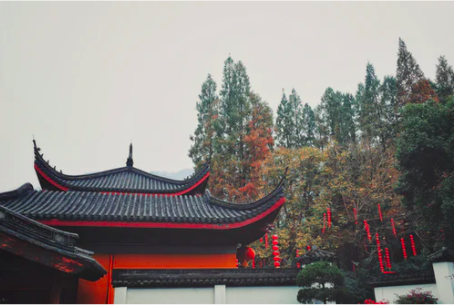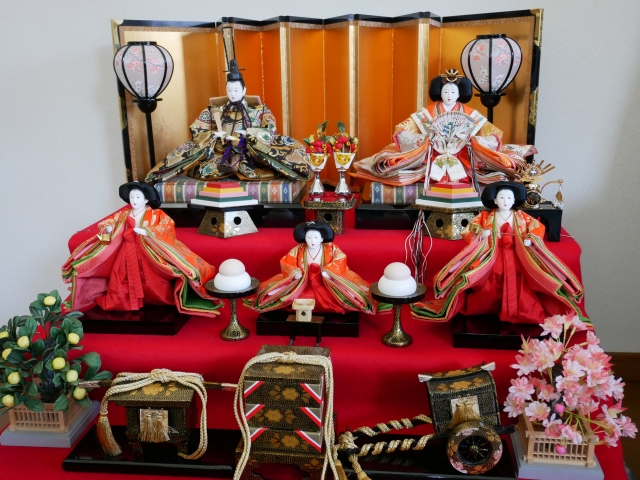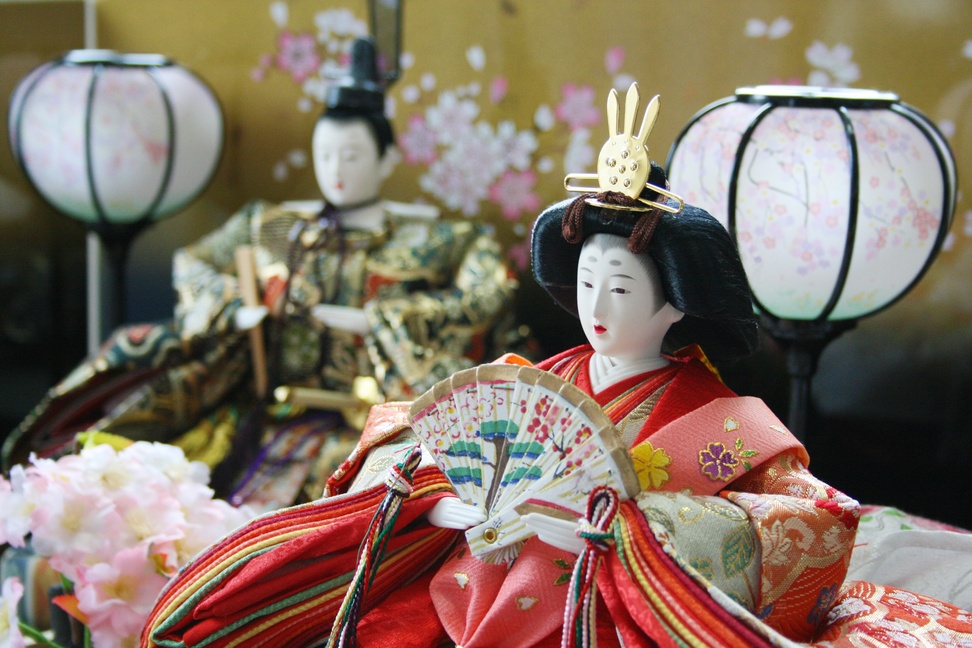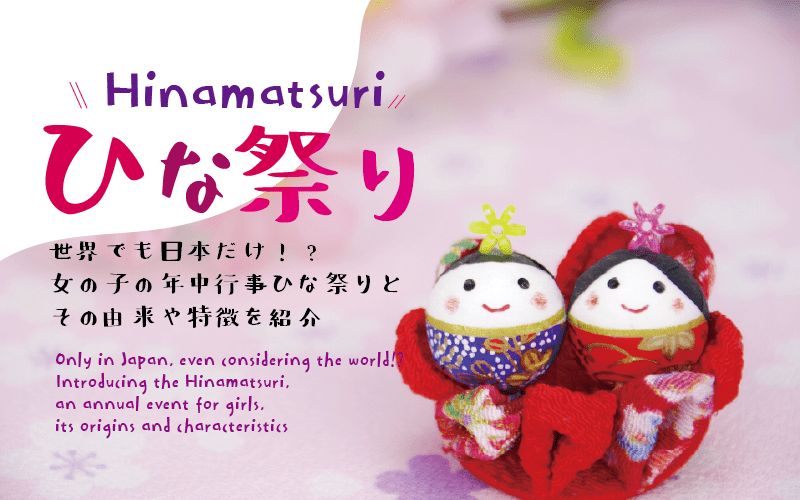On March 3rd, the HIna Matsuri (Hina Festival) is celebrated in Japan. Held close to the Doll’s Festival, the Hina Matsuri’s purpose is to pray for the healthy growth of girls. There are similar festivals in China, but the Hina Matsuri is said to be, from a global perspective, a tradition unique to Japan.
This time, we will introduce the origins of the Hina Matsuri, how to celebrate it, and the famous Hina Dolls.

About the origins of the Hina Matsuri
The origins of the Hina Matsuri are ancient, being an event held since the Heian Period. Although there are various theories, the most accepted one is that this Festival originated from the Chinese “Double Third Festival”, which was then introduced to Japan as well.

In addition, there are various theories that want this festival being merged to the already popular puppet festival of March 3rd, event if it is safe to say that people in the Edo Period already used to pray for the health and well-being of girls on this same date.
How to celebrate the Hina Matsuri

On the day of the Hina Matsuri are served foods like the chirashizushi or the sekihan as well as others mainly prepared with clams, which are shared and consumed all together during the celebration. In some areas, diamond-shaped rice cakes may be prepared as well. Let's have the girls eat the four-colored sweet called Hina Arare.
In this age of small nuclear families, it is a common way to celebrate the Hina Matsuri by having three family members all together (2 parents and 1 child), or by gathering together in the case there are siblings or grandparents, taking pictures and keeping them as memories.
Introducing the Hina Dolls: indispensable during the Hina Matsuri
We will now introduce each one of the Dolls usually displayed during the Hina Matsuri.

First of all, the Doll located on the top left of the classic “Hinadan” (Doll shelves) is the Dairi-sama. With a wooden sword in its hand it resembles the likings of the Japanese Emperor. Next to Dairi-sama is the Hina-sama.
In addition, the three ladies located in the middle, are the ladies-in-waiting of the Hina-sama, and each one of them has: a long-handled sake server, a wooden stand and another server.
Depending on the area, the number of Hina-sama can increase (and then set on the 3rd level, 5th level, etc.) as well as the number of their ladies in-waiting and the type of items they hold in their hands.
Conclusions

March 3rd is the day of the Doll’s Festival (Hina Matsuri): an event where to pray for the health of girls. This festival is a custom unique to Japan and is based on the use of the Hina Dolls. Each Hina Doll has a name, even if the most important and indispensable ones are the Dairi-sama and Hina-sama.
There are no particular age restrictions if you want to display the Hina Dolls (being a synonymous of celebrating the Hina Matsuri): and as long as there is a daughter in the family, even if she has become a high school student, the Hina Dolls an be displayed and the Festival can be celebrated every year without problems.
















